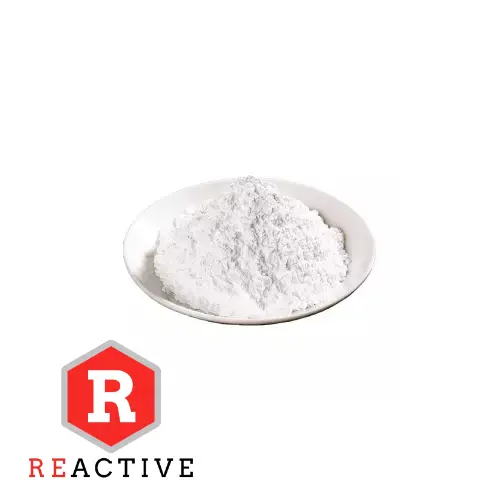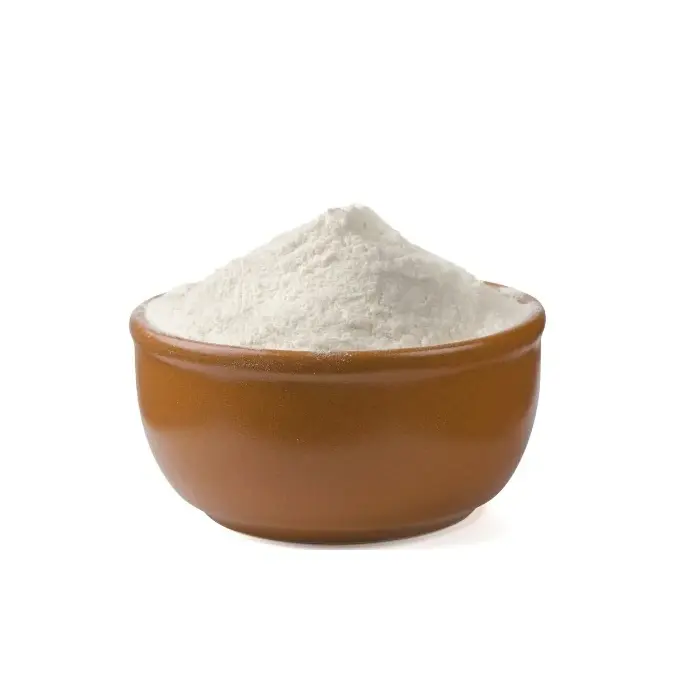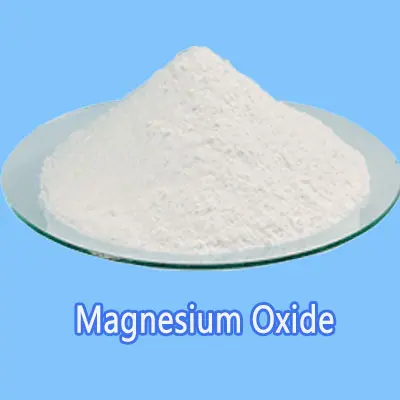Hebei Messi Biology Co., Ltd. stated that magnesium oxide has been widely used in semiconductor devices, refractory materials, high-temperature superconducting products and catalysis due to its unique band gap (7.8eV), thermal stability and surface alkalinity. many areas.
In recent years, a large number of studies have shown that the morphology of magnesium oxide is closely related to its properties. Although there are many literatures on the synthesis of magnesium oxide with different morphologies and its adsorption and catalytic properties, most of the reported magnesium oxide preparation processes are cumbersome, time-consuming, and labor-intensive, and cannot fully meet the needs of adsorption and catalysis. In order to overcome this problem, some scholars have done research in the following aspects:
(1) Using Mg(NO3)2·6H2O and Na2CO3 as raw materials, during the synthesis process of rod-shaped magnesium oxide, a small amount of sodium silicate is added to improve the adsorption performance of magnesium oxide for Congo red in aqueous solution. The adsorption capacity is as high as 3236mg/ g, this is the magnesium oxide material with the largest adsorption capacity for Congo red so far. During the experiment, it was found that experimental parameters such as the amount of sodium silicate added, stirring time and roasting temperature affect the alkalinity of the material surface, thus causing differences in the adsorption properties of a series of magnesium oxide materials. Through systematic study of the adsorption performance of Congo red by magnesium oxide, the adsorption process conforms to the pseudo-second-order rate equation and the Langmuir adsorption model.
(2) In addition to sodium silicate, we also found that adding a small amount of sodium phosphate, sodium tripolyphosphate and sodium polyphosphate during the synthesis of rod-shaped magnesium oxide can also improve the adsorption performance of magnesium oxide for Congo red, but fluorination The addition of sodium and sodium oxalate is not conducive to improving the adsorption performance of rod-shaped magnesium oxide on Congo red. Through FT-IR analysis, it was found that with the increase in the amount of sodium silicate and sodium phosphate, in addition to the same changes in intensity of the P-O and Si-O stretching vibration peaks of the prepared materials, what is more interesting is that in the two groups of materials, the Mg- The change pattern of O bending vibration peak intensity is similar to the change of adsorption effect. The weaker the Mg-O bending vibration peak, the stronger the adsorption performance of Congo red by magnesium oxide. However, when sodium fluoride and sodium oxalate are used as additives, the change pattern of functional groups is opposite to the above. In addition to rod-shaped magnesium oxide, adding a small amount of sodium silicate during the synthesis process of trapezoidal and spherical magnesium oxide can also improve the adsorption performance of the material.
(3) Magnesium oxide with different morphologies such as trapezoidal, rod-shaped, bird’s nest-shaped, flower ball and spherical shapes is prepared by co-precipitation method, and used as a catalyst for the reaction of glycerol and dimethyl carbonate to form a glycerol carbonate system. Compared with the other four morphologies of magnesium oxide, trapezoidal magnesium oxide has a molar ratio of Mg to O closer to 1, making it easier to adsorb glycerol and dimethyl carbonate in the solution, and its surface is less alkaline, so It is conducive to the reaction of glycerol and dimethyl carbonate to form glyceryl carbonate. In the reuse experiment, it was found that the secondary catalytic yield of the material obtained by calcining the first-time catalyzed magnesium oxide directly at 500°C for 3 hours was very low. However, it was first calcined at 400°C for 3 hours under nitrogen conditions, and then The multiple catalytic yield of the material obtained by roasting at 500°C for 3 hours in air is as high as over 90%. Through FT-IR and CO2-TPD analysis, it was found that the two roasting methods affect the surface structure composition of the material, thereby causing differences in its cycle catalytic performance.



